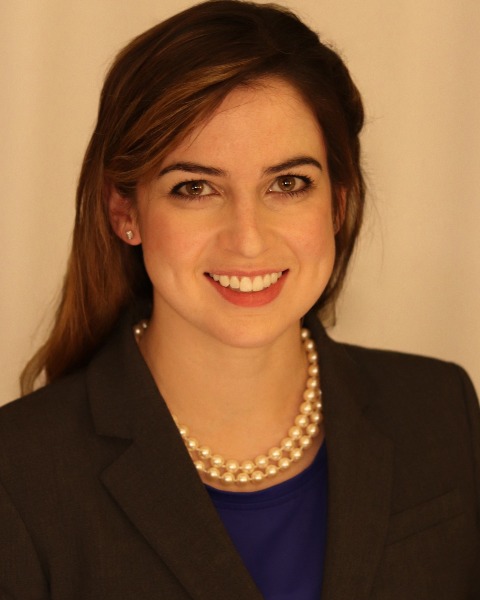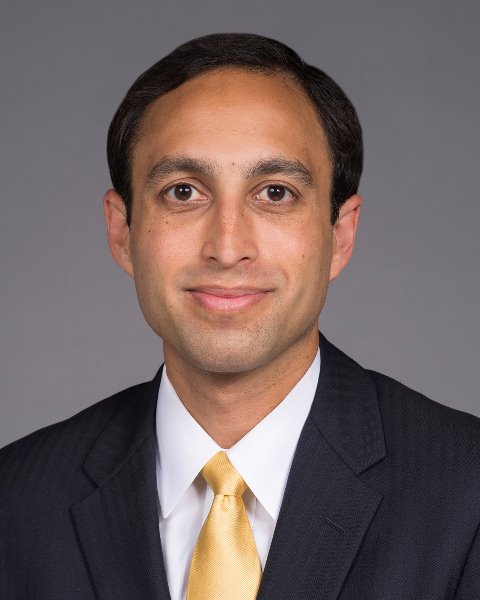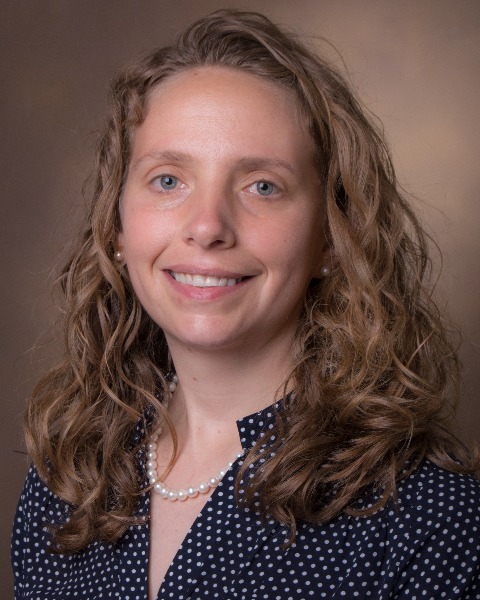Peritoneal Surface Malignancies
E357: Peritoneal Cancer Index Correlates with Radiographic Assessment in Colorectal Carcinomatosis

Eleanor A. Fallon, MD
Complex General Surgical Oncology Fellow
M.D. Anderson Cancer Center
Houston, Texas, United States
Eleanor A. Fallon, MD
Complex General Surgical Oncology Fellow
M.D. Anderson Cancer Center
Houston, Texas, United States
Eleanor A. Fallon, MD
Complex General Surgical Oncology Fellow
M.D. Anderson Cancer Center
Houston, Texas, United States- MA
Muhammad Awiwi, M.D.
Diagnostic Radiologist
Department of Radiology, The University of Texas Health Science Center at Houston, Houston TX, USA, United States 
Neal Bhutiani, M.D.
Fellow, Colorectal Surgery
Department of Colon & Rectal Surgery, The University of Texas MD Anderson Cancer Center, Houston TX, USA
Houston, Texas, United States
Beth A. Helmink, M.D. Ph.D. (she/her/hers)
Assistant Professor
Department of Surgical Oncology, The University of Texas MD Anderson Cancer Center, Houston TX, USA
Houston, Texas, United States
Christopher P. Scally, M.D.
Assistant Professor
Department of Surgical Oncology, The University of Texas MD Anderson Cancer Center, Houston TX, USA, United States- PM
Paul F. Mansfield, MD
Professor
MD Anderson Cancer Center, United States - KF
Keith F. Fournier, MD
Associate Professor
Division of Surgical Oncology, MD Anderson Cancer Center, Houston, TX, United States, United States - AU
Abhineet Uppal, M.D.
Assistant Professor
Department of Colon & Rectal Surgery, The University of Texas MD Anderson Cancer Center, Houston TX, USA, United States 
Michael G. White, MD, M.Sc.
Assistant Professor
Department of Colon & Rectal Surgery, The University of Texas MD Anderson Cancer Center, Houston TX, USA
Houston, Texas, United States
ePoster Abstract Author(s)
Submitter(s)
Author(s)
PCI is critical to determining utility of cytoreduction in colorectal cancer (CRC). Typically, assigning PCI requires an operation. Computed Tomography (CT) as a non-invasive surrogate has yielded mixed results; we evaluated its role in scoring radiologic PCI (rPCI).
Methods:
CT scans of those with peritoneal spread of CRC were retrospectively identified from a single institution database. The rPCI of 104 patients was calculated by a fellowship-trained abdominal radiologist. Reproducibility and concordance were determined by review of CT scans by a surgical oncology fellow board-certified in general surgery. An additional 36-patient cohort was analyzed for pre-operative rPCI compared to PCI calculated during surgical assessment.
Results: Of 104 patients studied, rPCI ranged from 2 to 39 (median 12, IQR 6-23) as analyzed by a radiologist and 2 to 37 (median 9, IQR 6-15) as analyzed by a surgeon. Modest overall agreement of 57.14% (Kappa 0.38) existed between the reviewers. Radiology review determined 42 (40.4%) had a PCI greater than 15 and 31(29.8%) had a PCI greater than 20. Surgical review determined 27 patients (25.7%) had a PCI greater than 15, and 16 patients (15.2%) had a PCI greater than 20. There was good agreement for patients with PCI cutoffs of 15 (77.48%; Kappa 0.40) or 20 (78.63%; Kappa 0.24), commonly utilized cutoffs for determining resectability. The areas of highest concordance were the left upper quadrant (68.57%) and the upper jejunum (70.48%). The 36-patient cohort of those undergoing surgical exploration and PCI calculation was analyzed; median rPCI was 4 (IQR 2-5.75); median intra-operative PCI was 11 (IQR 6-12) with a significant difference between groups (p< 0.001, Wilcoxon signed rank test).
Conclusions:
This work demonstrates that, among higher-risk stratifications of >15 and >20 PCIs, there was strong concordance between the surgeon’s and radiologist’s rPCI, underscoring the ability to define patients who would not be good candidates for CRS. Moreoever, concordance with intra-operative PCI translated to radiographic assessment. The rPCI tended to underestimate intra-operative PCI consistently, although not unanimously, suggesting that rPCI may be a useful conservative tool for assessing peritoneal disease burden. While CT does not “rule in” patients as candidates for CRS, it does suggest that patients can be reliably “ruled out” as CRS candidates based on common surgical cutoffs. This is important in making surgical recommendations, avoiding unnecessary laparoscopy, and minimizing delays in systemic chemotherapy initiation for clearly unresectable patients.
Learning Objectives:
- describe the utility of radiologic assessment of PCI in the setting of CRC with peritoneal involvement.
- describe the role of higher PCI scores in CT scans as an indicator of even higher intra-operative PCI scores for patients with CRC and peritoneal spread.
- demonstrate the relationship between rPCI and PCI in surgical decision-making for patients with CRC and peritoneal involvement.
